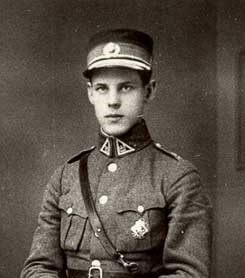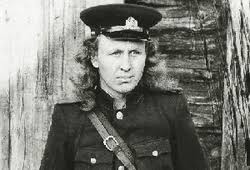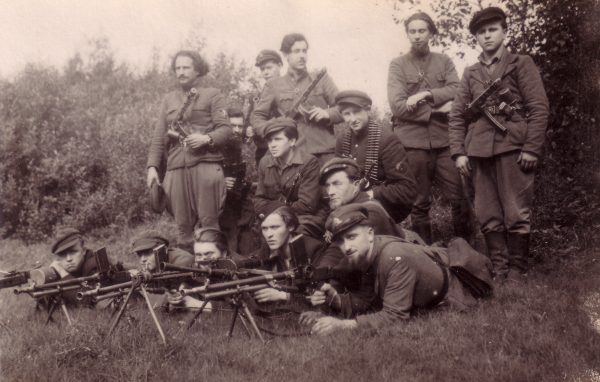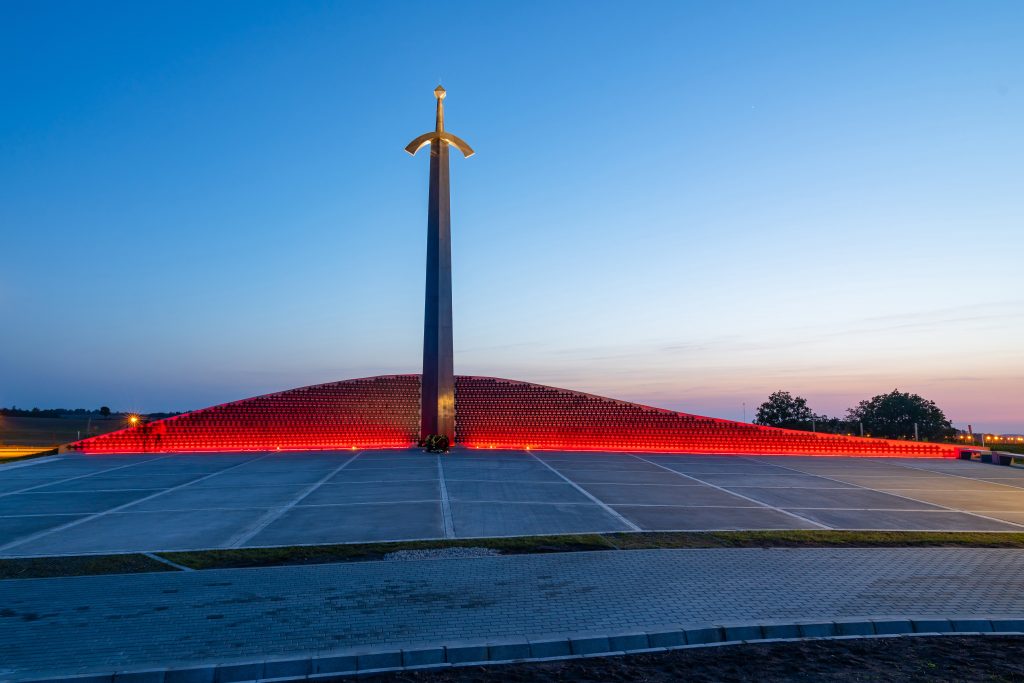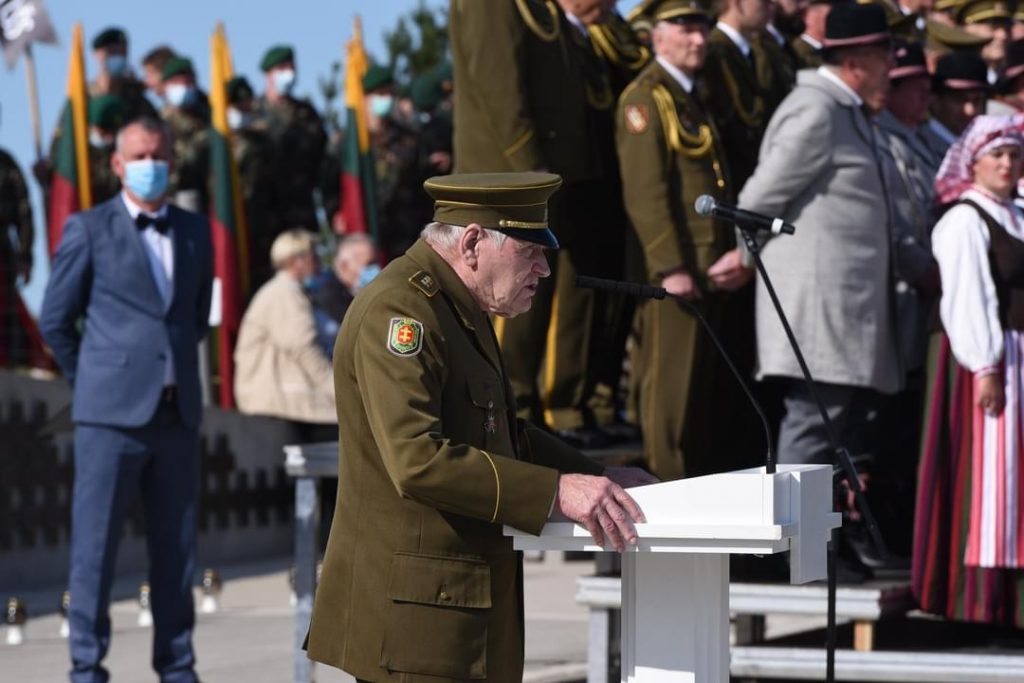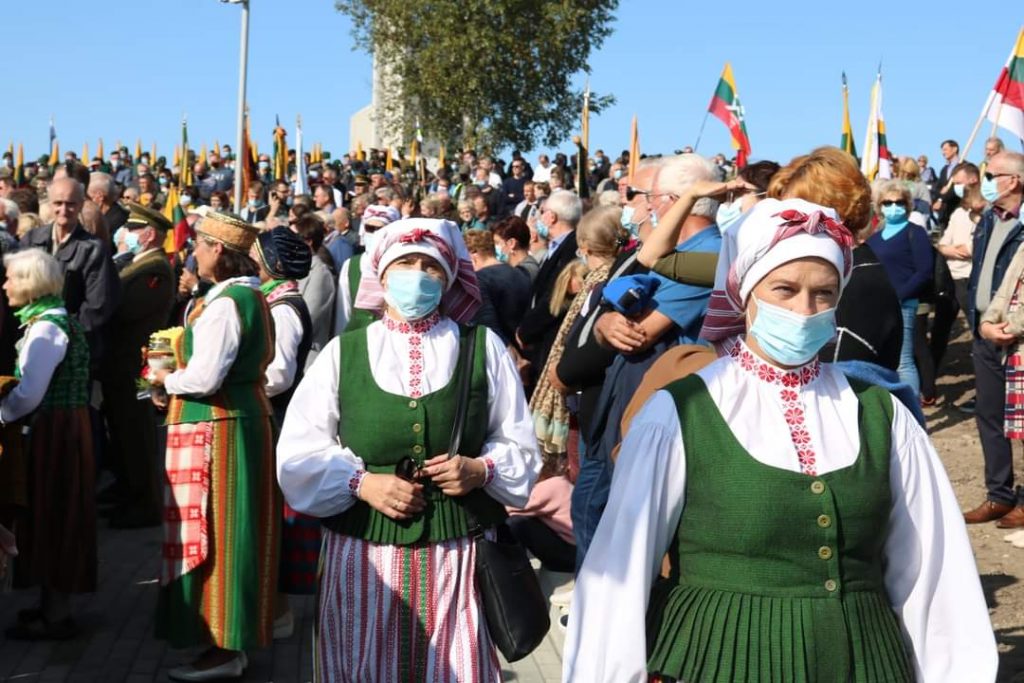History (1944-1953)
In 1944, when the Soviet Union occupied Lithuania for the second time, tens of thousands of Lithuanian patriots joined the struggle against the occupation authorities. In 1944–1945, about 30,000 armed men joined forces in the forests. Some of them joined the partisans to avoid serving in the occupation army, others to avoid possible reprisals or deportation.
However, the majority chose armed struggle consciously and were committed to fighting until the restoration of an independent Lithuanian state. In autumn 1944, small partisan groups started forming larger units, and subsequently – districts. A district consisted of 2–5 brigades and these were subdivided into companies (tėvūnija [a partisan unit, which operated in several rural areas]), squads, and units. A region comprised 2–3 districts. Partisan groups regulated their activities with statutes and rules. Those who joined the partisans took an oath. Partisans wore military uniforms with insignia.
In 1949, despite the weakening of the partisan resistance, partisans continued to fight actively, managed to unite Lithuanian patriotic forces into one organisation, and formed a joint military and political leadership of resistance. At the meeting of Lithuania’s partisan commanders in February 1949, the Movement for the Struggle for Freedom of Lithuania (LLKS) was established and military and political documents were adopted. On 16 February 1949, LLKS issued a political declaration, which proclaimed that the supreme legitimate authority in Lithuania was the partisan leadership, and the aim of their fight was to restore an independent democratic Republic of Lithuania. Captain Jonas Žemaitis-Vytautas of the Lithuanian Army was elected the chairman of the presidium of the LLKS Council.
The 10 years of resistance, also known as the Lithuanian War, resistance or partisan war, is exceptional in the history of Lithuania from several aspects: duration (almost 10 years), universality (during the entire period there were at least 50,000 active members of the armed resistance and about 100,000 others who participated in the resistance as members of the underground organisations and supporters), and the unequal balance of power which was unfavourable to the Lithuanian partisans. Over 20,000 partisans perished in this war.
The main research directions of this programme are causes of the war, activities and organisational structure of individual partisan regions, partisan documents and printing, establishment and activities of the senior command, the structure of the military repressive occupation authorities in Lithuania and their activities which were aimed at destroying the armed resistance.
More information could be found on genocid.lt









